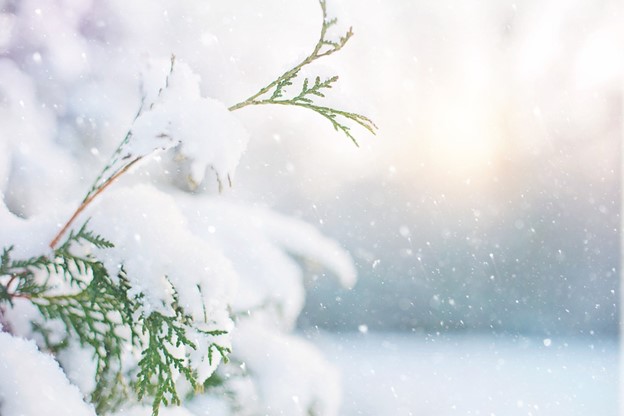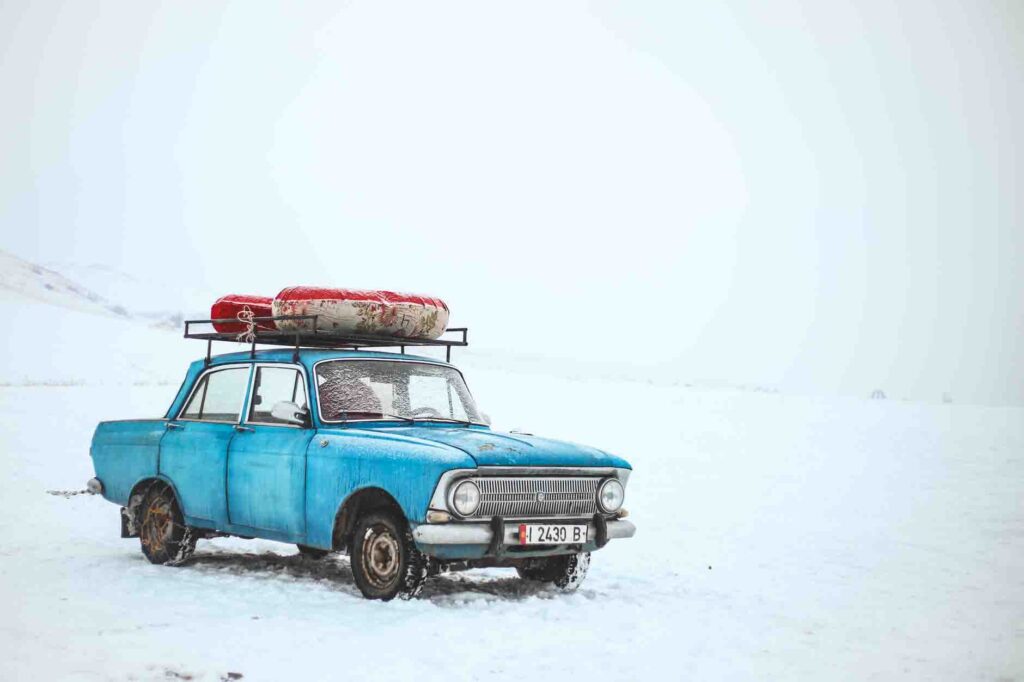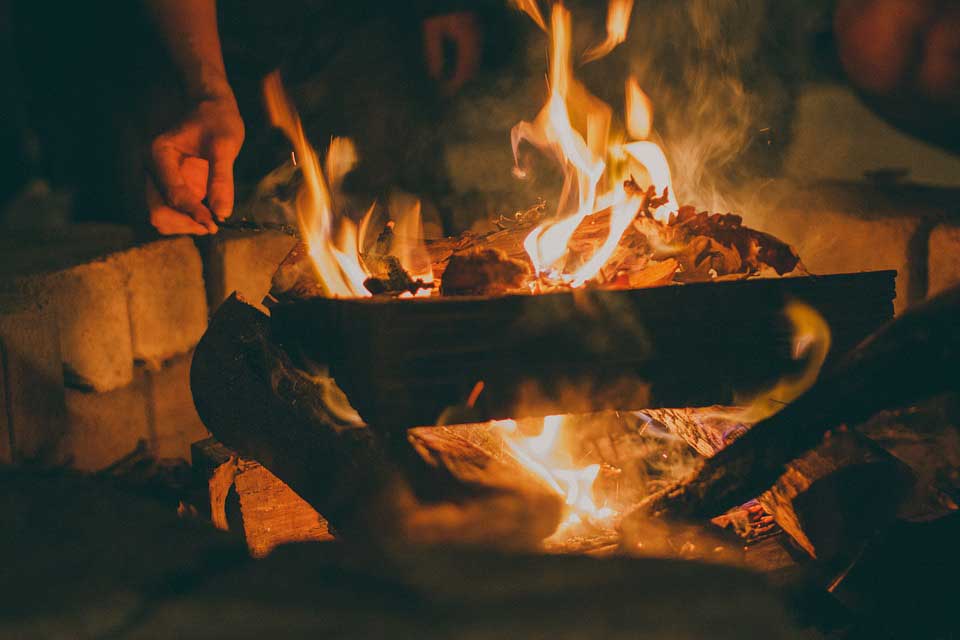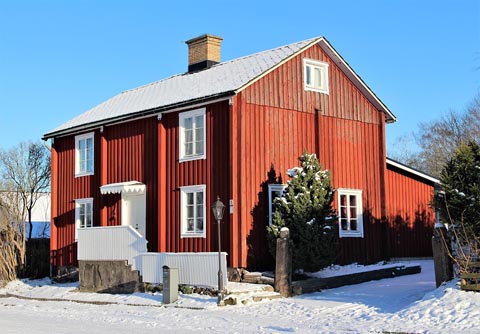My blog focuses on Health/Wellness. If you live in a winter climate, having the right outerwear is a must. Winter gloves are critical in these climates, specifically the right ones. The following contributed post is entitled, 7 Tips For Choosing The Perfect Winter Gloves.
* * *
It will be surprisingly tricky to find the right pair of winter gloves. Gloves need to be warm, comfortable and practical, but they also have to look good and they have to be waterproof too. Whether you’re going on a snowy holiday or you’re just looking to walk the dog on a frosty morning, a great pair of gloves is a must.
If you’re off the toasty fingers and stylish practicality, something like women’s thermal gloves from HeatHolders can be a great starting point. There’s a lot more to consider when coming to pick your perfect pair, however, and we’ve got 7 tips to help you to find winter gloves in advance that tick all the right boxes.
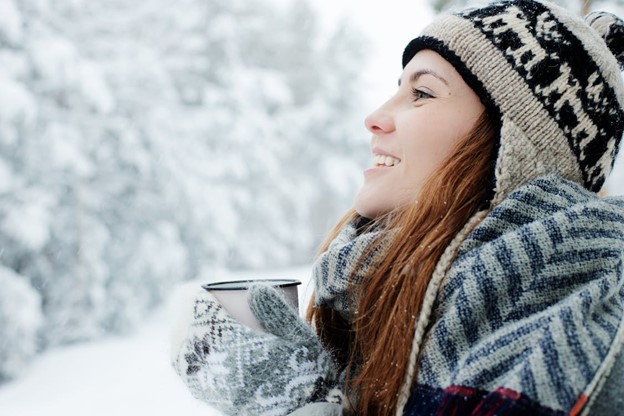
1. Think about warmth first. When it comes to winter glove shopping, warmth is non negotiable, especially if you’re spending extended time outside. You want insulated gloves with thermal linings like fleece or brushed interiors that trap heat effectively. The thickness of the gloves themselves is only one part of the puzzle, because the materials matter too. Some gloves have advanced fabrics that provide excellent warmth without any bulk, so don’t judge on size alone. If you get cold hands easily, but aim for gloves that are rated for low temperatures or are specifically designed for thermal insulation.
2. Make sure they fit. Believe it or not, most people don’t try gloves on before they buy them. Gloves that are too tight can restrict your circulation and make your hands even colder, but on the flip side, gloves that are too loose can let the cold air in and make it harder to grip things. The right fit should feel snug but not restrictive, with enough room to wiggle your fingers. Make sure that you try on your gloves with any layers you plan to wear, especially if you’re pairing them with thick winter coats that have snug sleeves.
3. Consider what you’ll be doing. Are these gloves for your daily commute or for skiing down a mountain? Are your gloves for quick errands or for helping you carry heavy shopping? Your activity level matters when it comes to glove shopping for higher energy winter sports. Find gloves that are breathable but also moisture wicking to avoid sweaty hands. For everyday wear, something stylish and warm will do the job. If you’re using them to clear snow off your car or go hiking, you might want waterproof gloves with a grippy palm. Match the gloves to the task and you’ll be much happier out in the cold.
4. Choose water resistance. Winter often means dealing with snow, sleet or rain, and wet gloves are not only uncomfortable but also freezing cold. Choosing water resistant or waterproof gloves is a smart move, especially if you live somewhere with unpredictable winter weather. A water resistant outer layer and quick drying inner lining can make a world of difference in keeping your hands dry and warm.
5. Don’t overlook dexterity. Some gloves are so bulky they make simple tasks like opening a zip impossible. If you’re looking to use your phone while also wearing your gloves, you need to make sure that you have gloves with good finger flexibility and touch screen compatibility. Modern gloves often have those touchpads on the fingertips so that you can still send messages. This will prevent you having to remove your gloves every time you answer a text.
6. Style matters. When it comes to choosing the perfect winter gloves, practical doesn’t have to mean boring. There are plenty of gloves out there that combine function with fashion, whether you prefer the classic knit look or a sleek leather. Go for neutral tones for versatility or brighten up dreary winter days with gloves in a bold colour or fun pattern. You get bonus points if they match your hat and scarf for a coordinated winter look.
7. Make sure that they are easy to maintain. Winter gloves can get a bit grubby. Between snowy sidewalks, handling bags, and everyday wear and tear, they’re bound to need a clean now and then. You want to make sure that you pick gloves that are machine washable, or if they require more delicate care, you can actually access the right facility to do so. Gloves that are easy to wash and dry are much more likely to stay in your regular winter rotation.
When the winter rolls in and the temperature starts to drop, your gloves become one of your most important cold weather accessories. So before you stuff your hands in your pockets and hope for the best, give these tips a go.


